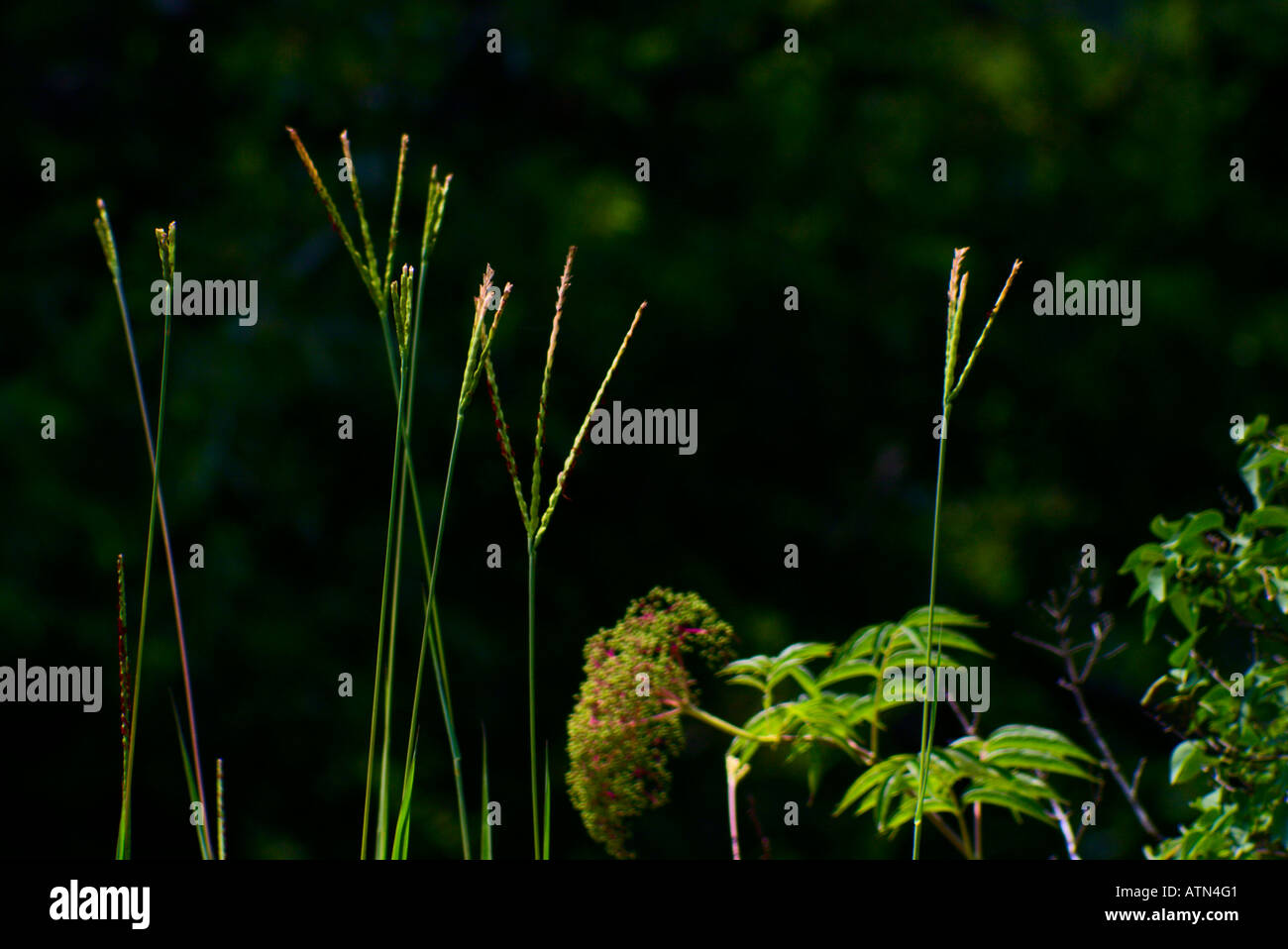
Grassland songbirds perch on wildflowers while singing to attract a mate, defending their nesting territory, or hunting for insects to feed their young. The most obvious benefit from wildflowers is the nectar they provide for important pollinators ranging from butterflies and moths to hummingbirds and bees.
:max_bytes(150000):strip_icc()/big-bluestem-plant-profile-4845878-04-be6c53d4858848d193cb32756d9b702f.jpg)
Birds and mammals forage for seeds among the grasses and wildflowers, and animals like meadow voles and eastern cottontails feed on the young grass shoots. Birds from field sparrows to wild turkey eat the insects living in the grasses. Together, warm-season grasses and wildflowers provide many types of food for wildlife. Grassland birds, hawks, rabbits, and other small mammals all use warm-season grass habitats. Warm-season grasses have multiple benefits for wildlife-including food, nesting sites, and winter cover. Common NameĮssential food for monarchs, attracts pollinatorsĪLegumes are plants that return nitrogen to the soil through special nodules on their roots. Examples of Wildflowers to Plant with Warm-Season Grasses. Many native wildflowers that are easy to grow and drought tolerant are available from nurseries and seed suppliers. Little bluestem's seed heads look like small tufts of cotton, and the long, fluffy seed heads of indiangrass turn golden in autumn.Īdding wildflowers (Table 2) makes a warm-season grass planting even more attractive. Big bluestem is sometimes called "turkey foot" because its seed head resembles just that. For instance, big and little bluestems are so named because of their bluish green blades of grass. They look very different from the grasses most of us are used to seeing in our lawns and hay fields. Warm-season grasses create a striking visual scene. The tall stems are very rigid and remain standing throughout the winter, providing shelter for wildlife. The grasses are also very tall, reaching 4-6 feet or more, with very deep roots (5-6 feet) that are good for preventing soil erosion. These grasses are bunch grasses, meaning that each seed produces a plant that will eventually grow into a large bunch with many stems. Grows well on moderately well-drained soils, more tolerant of somewhat poorly drained sites than other warm-season grasses.Grows in low-fertility, acid, sandy, clay, and loamy soils.Grows best in deep, well-drained soil but tolerates moderately wet soil.Grows best in soil pH of between 5.5 and 6.5.Little bluestem ( Andropogon scoparius also sometimes listed as Schizachyrium scoparium) Grows best in moist, well-drained sites.Tolerates hot, droughty sites and medium to low fertility in acid, sandy, loamy, and clay soils.Selected Warm-Season Grasses Native to Pennsylvania. A number of warm-season grasses are native to Pennsylvania, including big bluestem, little bluestem, indiangrass, and switchgrass (see Table 1). Cool-season grasses, conversely, begin growing in March and April, the cooler spring months. Warm-season grasses grow during June, July, and August. This will afford the most benefit for grassland birds and other Pennsylvania wildlife. It is best to plant native wildflowers along with your warm-season grasses to create a diverse habitat that mimics a natural prairie. Weed control is essential before and immediately after planting, but once the warm-season grasses are established they require little maintenance. Establishing warm-season grasses requires planning to maximize success and then patience while the grasses become established. They can be planted on a variety of sites, including back yards, crop fields, and pastures.

:max_bytes(150000):strip_icc()/big-bluestem-plant-profile-4845878-hero-0175570c9bb54ebeb905f7dcd266dc0b.jpg)
Prairie grasses native to Pennsylvania, they are planted for wildlife habitat, erosion control, and for use as pasture and hay. Warm-season grasses are bunch grasses that grow during the warmest months of the year. Planting warm-season grasses is a good way to replace some of the grassland habitat that has been lost. At present, wildlife scientists are concerned about the decline of many birds associated with grassland and field habitats. With any habitat type, a decline in abundance can also mean a decline in the species dependent on that habitat for survival. Some has happened naturally as the result of succession, the process by which fields eventually grow back to forests. Some of the loss has occurred with suburban and commercial development.

In Pennsylvania, grassland and other field habitats for wildlife have declined steadily for decades.


 0 kommentar(er)
0 kommentar(er)
